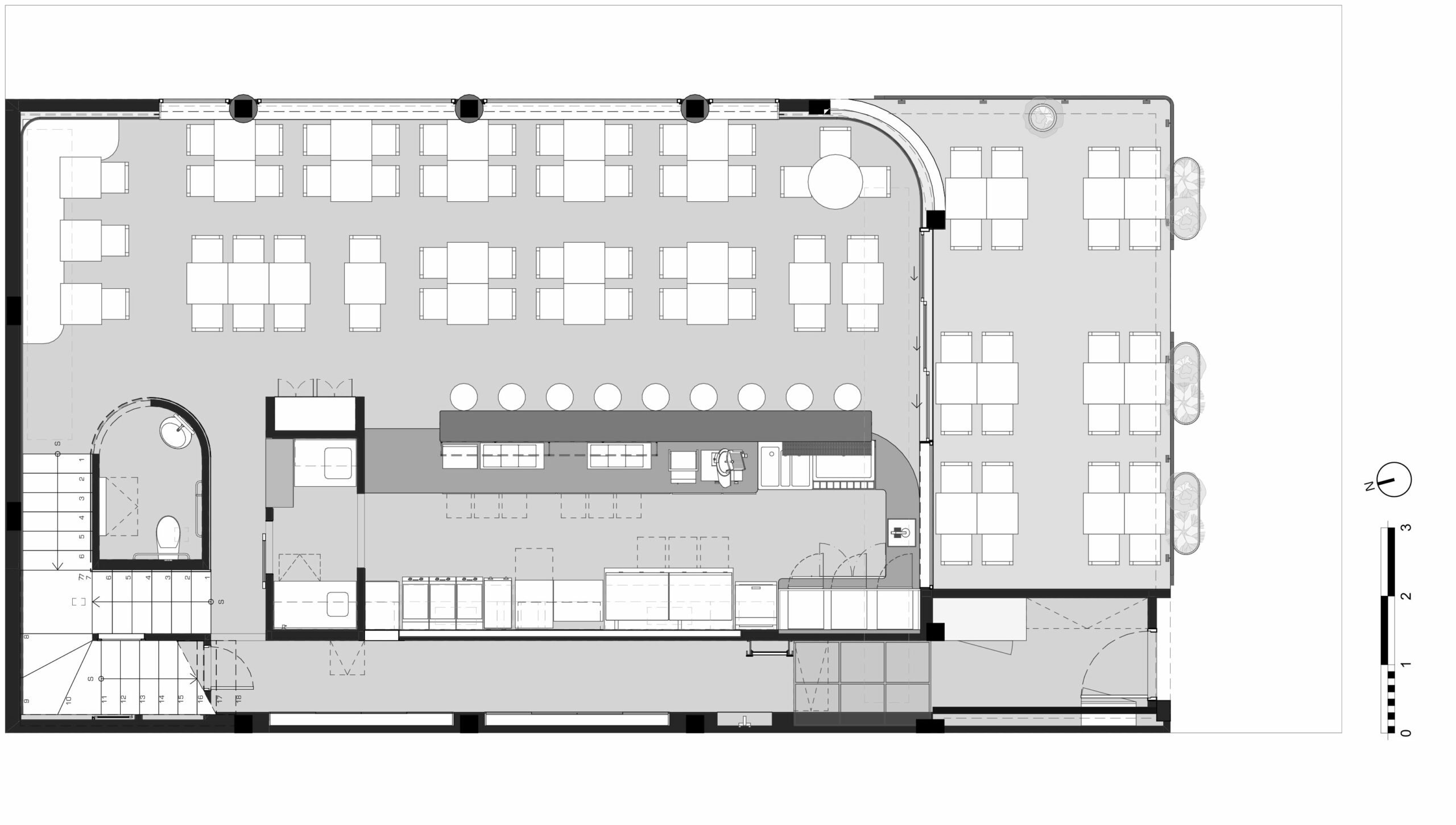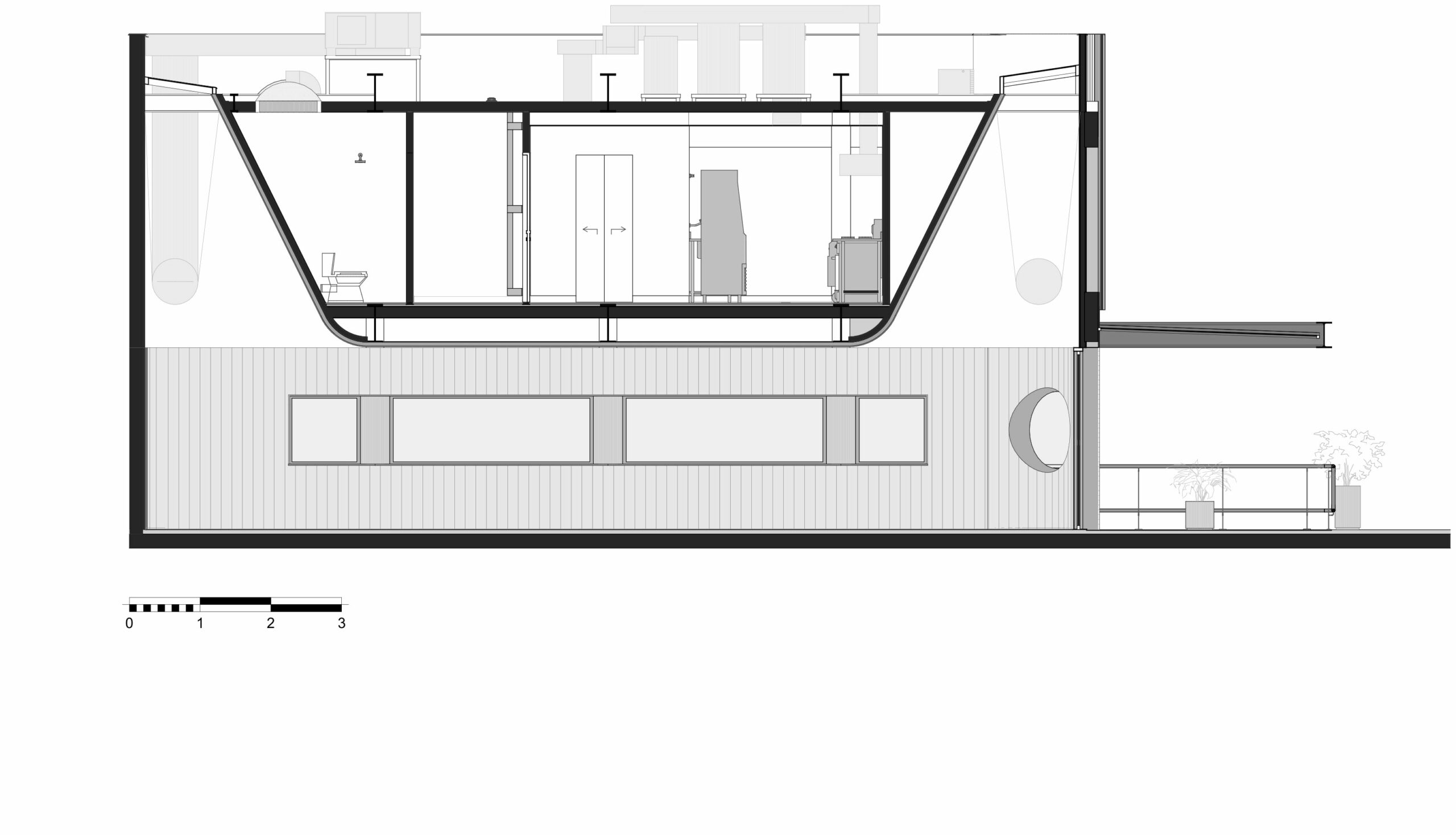May 25, 2023
Creating immersive dining experiences through design and culinary alchemy.
_project: Z Deli
_architecture: Coletivo de Arquitetos
_location: São Paulo, Brazil
Architecture and food may initially seem unrelated, yet their intersection is crucial in crafting the dining experience. A restaurant's architecture, beyond defining the space, stages the gastronomic journey, influencing patrons' taste perception and experience. This is exemplified by the Z Deli project, a well-thought-out culinary space that uses architecture to enhance the dining experience, highlighting how space design can transform the gastronomic journey.
Z Deli’s aesthetic design, deeply intertwined with its culinary vision, orchestrates an ambiance even before the first course is served. Be it the warm familiarity of a rustic tavern echoing a traditional menu, or the cool simplicity of a minimalist eatery perfect for an innovative fusion menu, Z Deli strikes a balance between architectural aesthetics and the food served. This harmonious interplay contributes to an immersive narrative that amplifies the overall dining experience.
Spatial layout, another architectural aspect, also plays a significant role. The configuration of the space, including the placement of tables, the proximity between diners, and the path from kitchen to table, can impact the dining experience. Close-knit tables in an intimate bistro may enhance the experience of shared plates, fostering a sense of community. In contrast, expansive, well-separated tables in a fine dining establishment underscore the exclusivity and individual attention associated with the setting.
Additionally, architecture can directly influence sensory perceptions. Research suggests that factors like lighting, colors, and even the shape of a room can impact our perception of taste. A softer, dim light might accentuate the richness of a dish, while brighter light may make the food appear fresher. The interplay of these factors can subtly alter the way we perceive and enjoy food, leading to an enhanced or different dining experience.
Restaurants are not just about eating; they are about experiencing food. Every architectural detail contributes to the narrative of this experience. From the moment customers step into the establishment, the space sets a certain expectation, a prelude to the gastronomic performance that follows. By thoughtfully integrating the design with the culinary offerings, architects can create an immersive and memorable dining experience, making architecture an unseen ingredient in the recipe for a restaurant's success.
credits
_written by Daniela Moreira Silva
_film by Architecture Hunter
_cover image: Max Fahrer
_drawings by Coletivo de Arquitetos:




You’ve prove to be a great hunter. Now that you have reached the bottom, maybe it’s time to know us more.